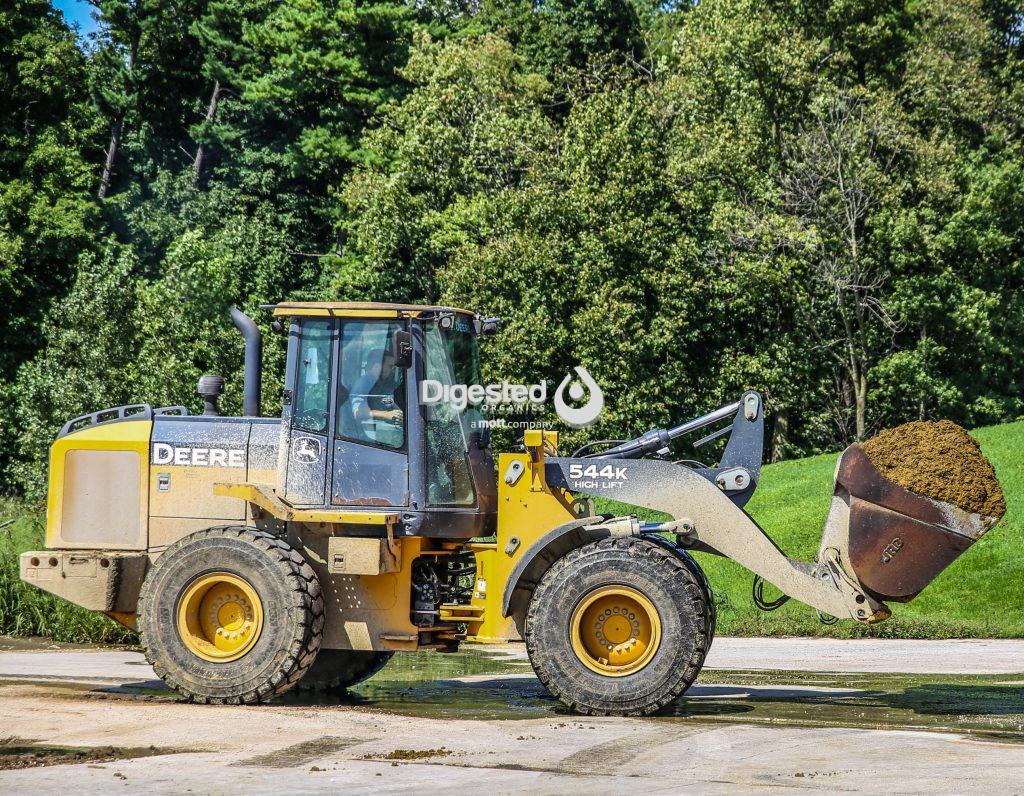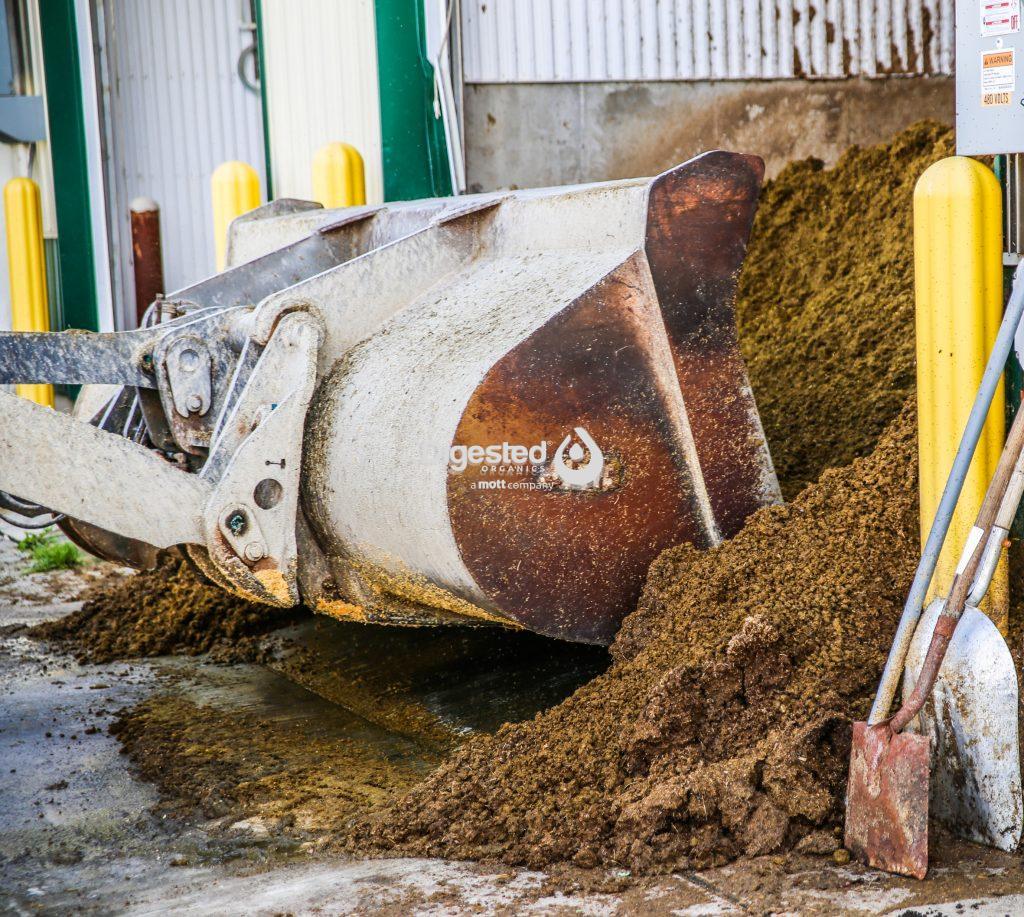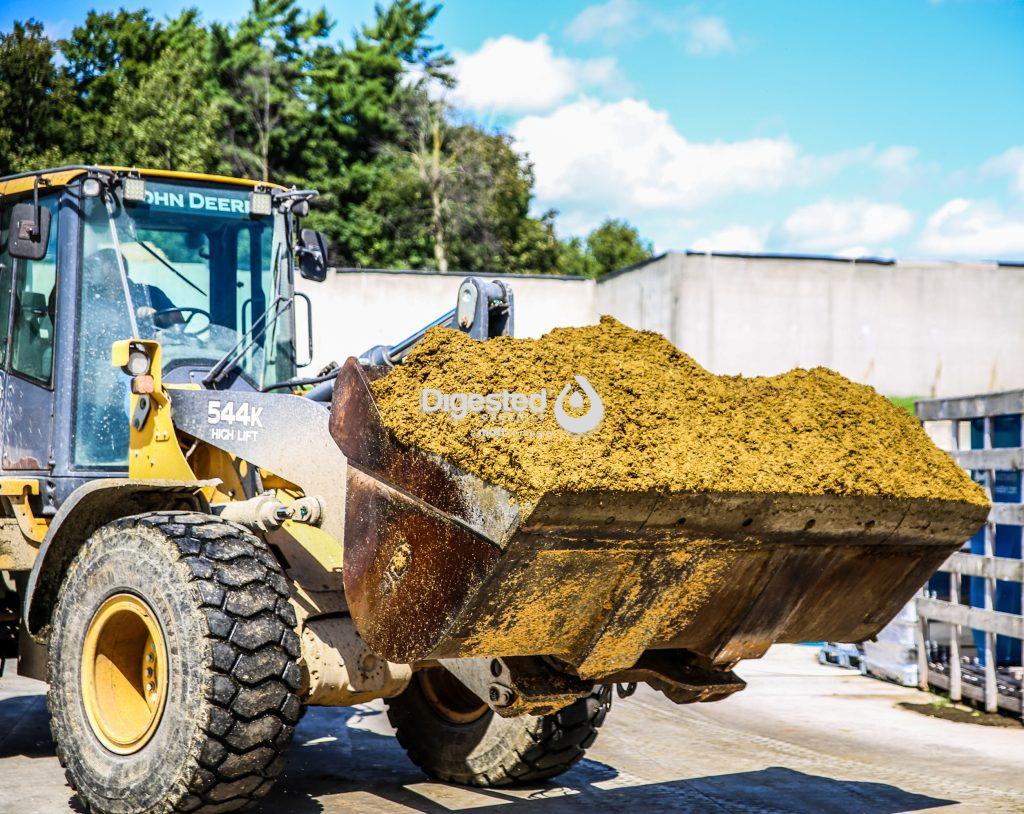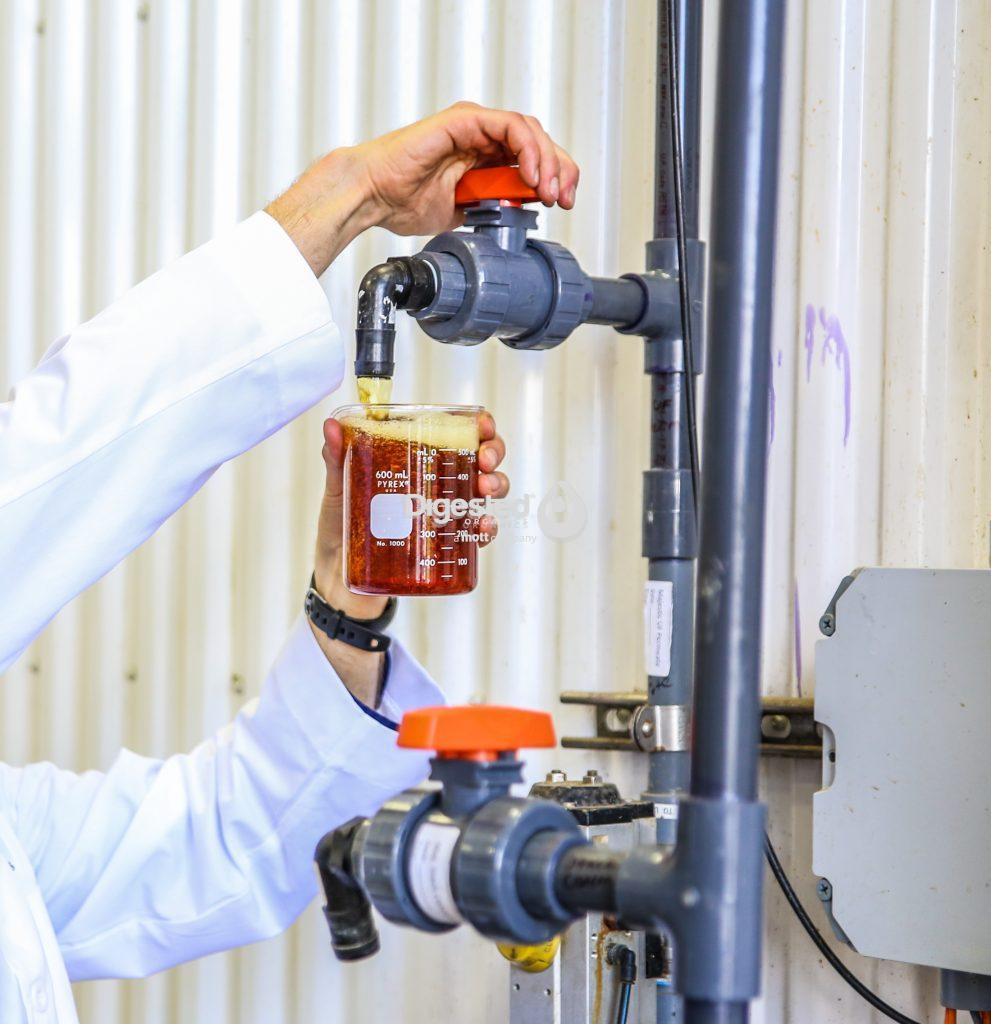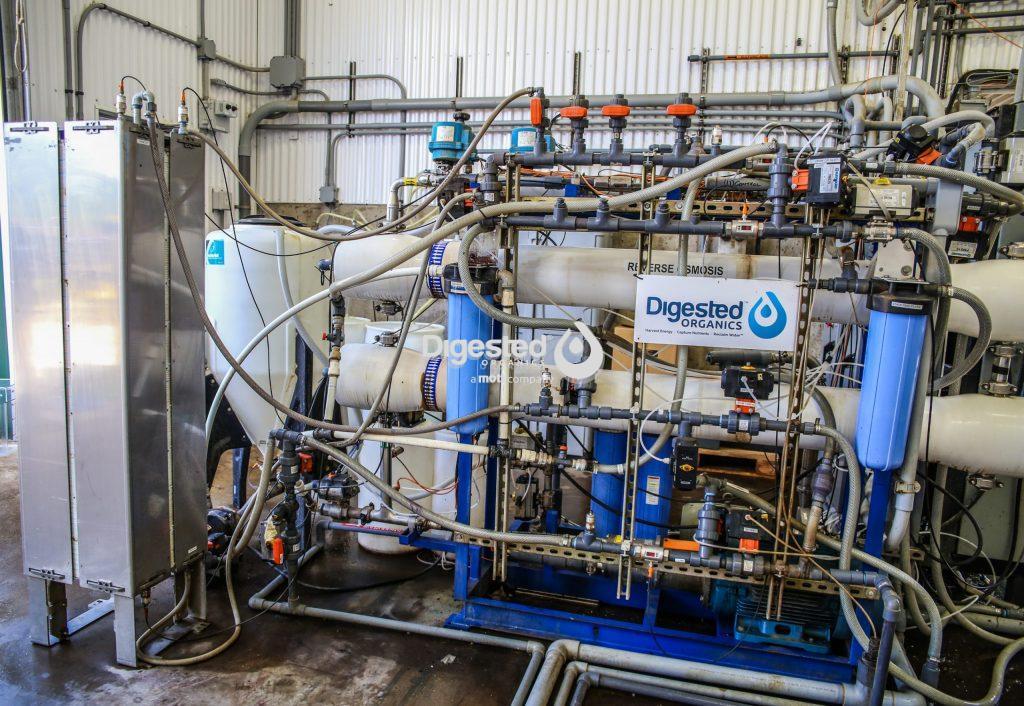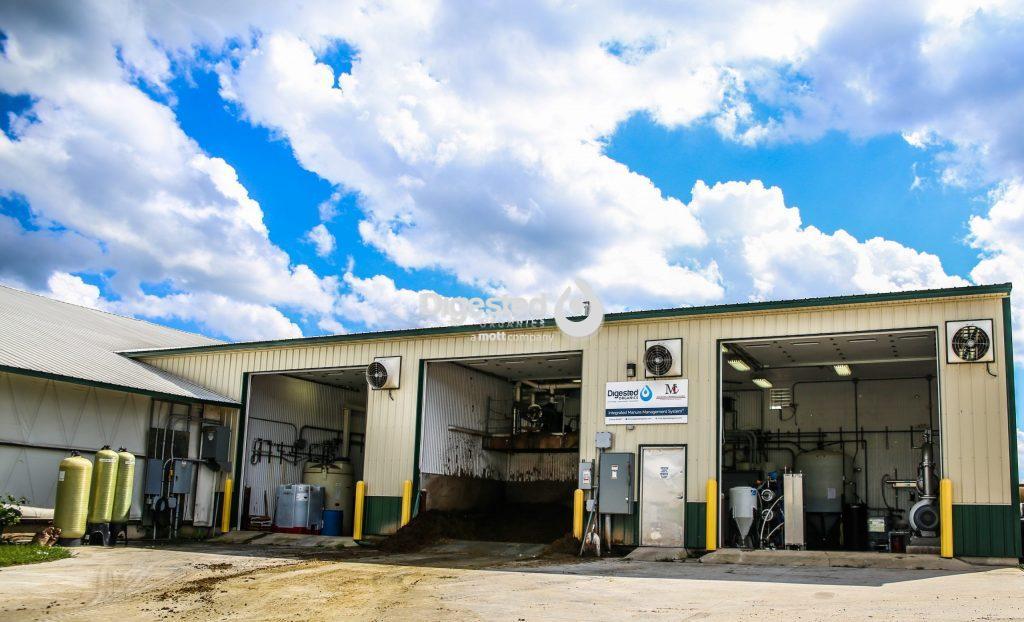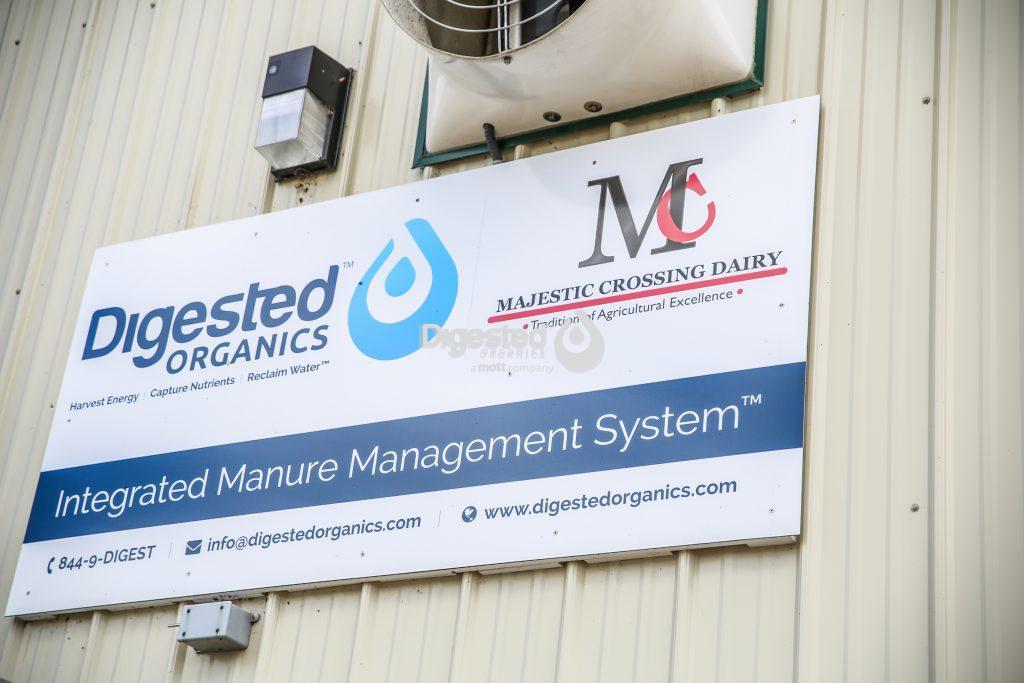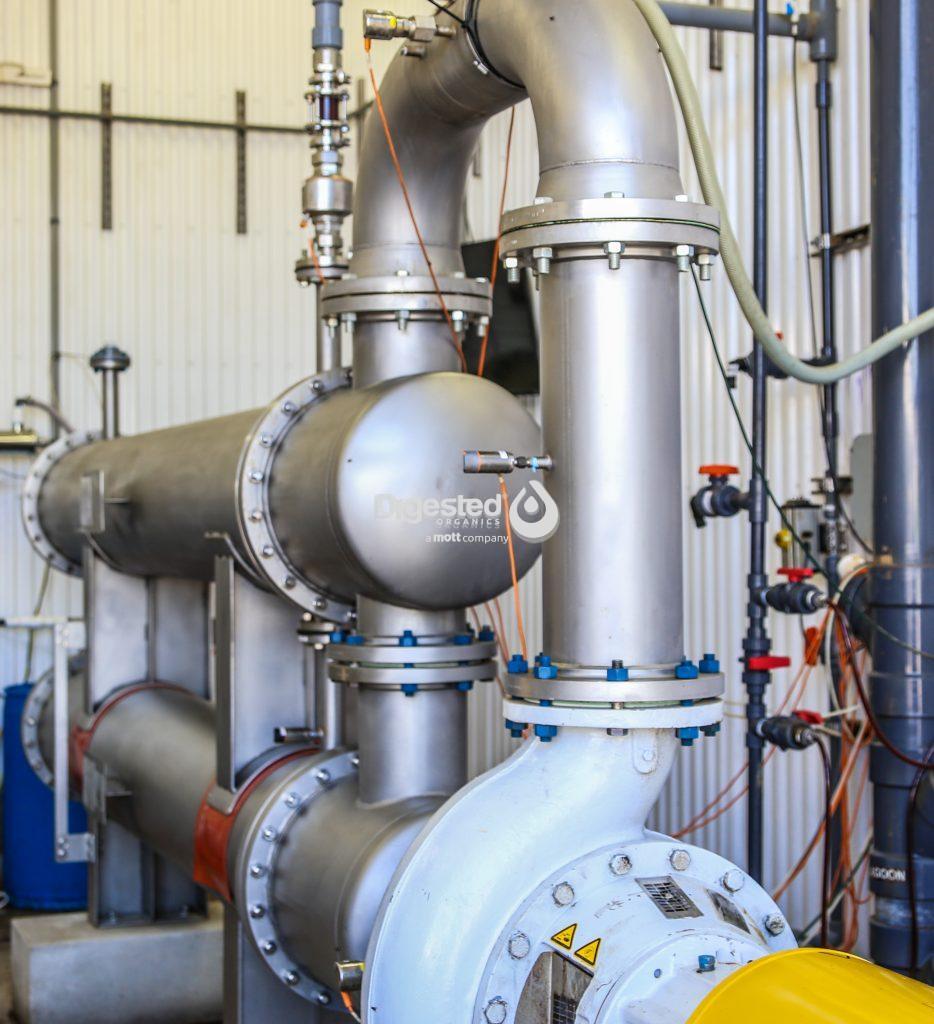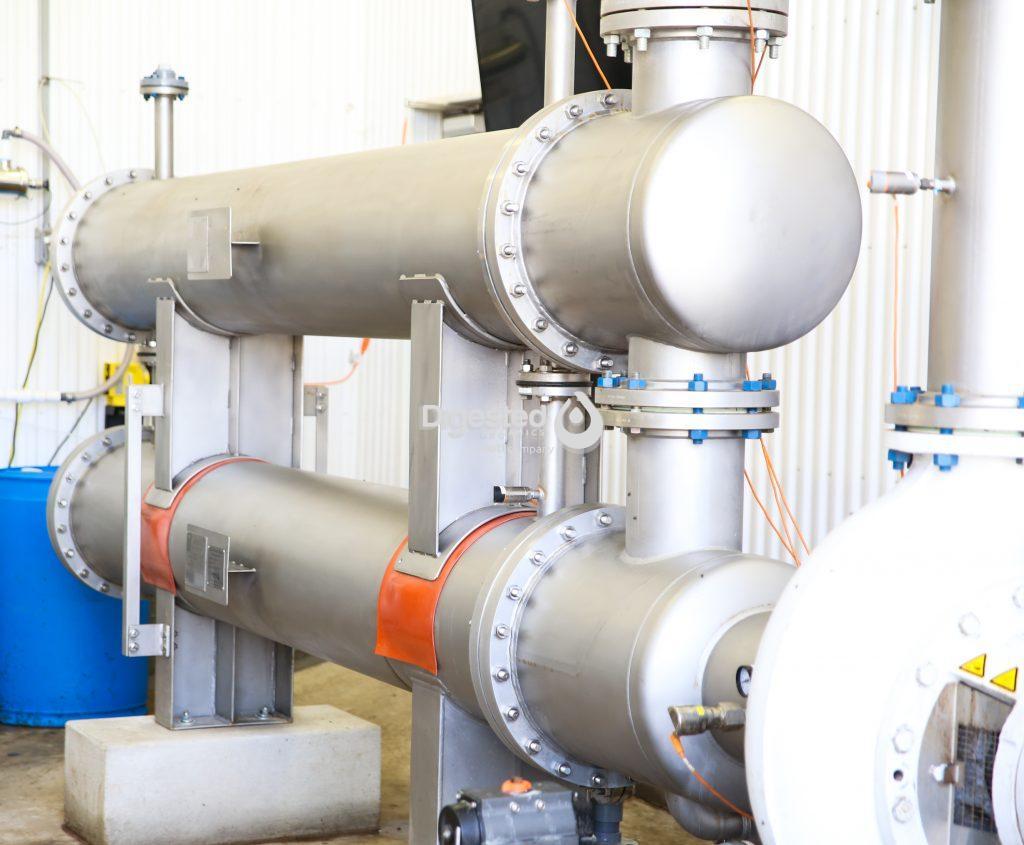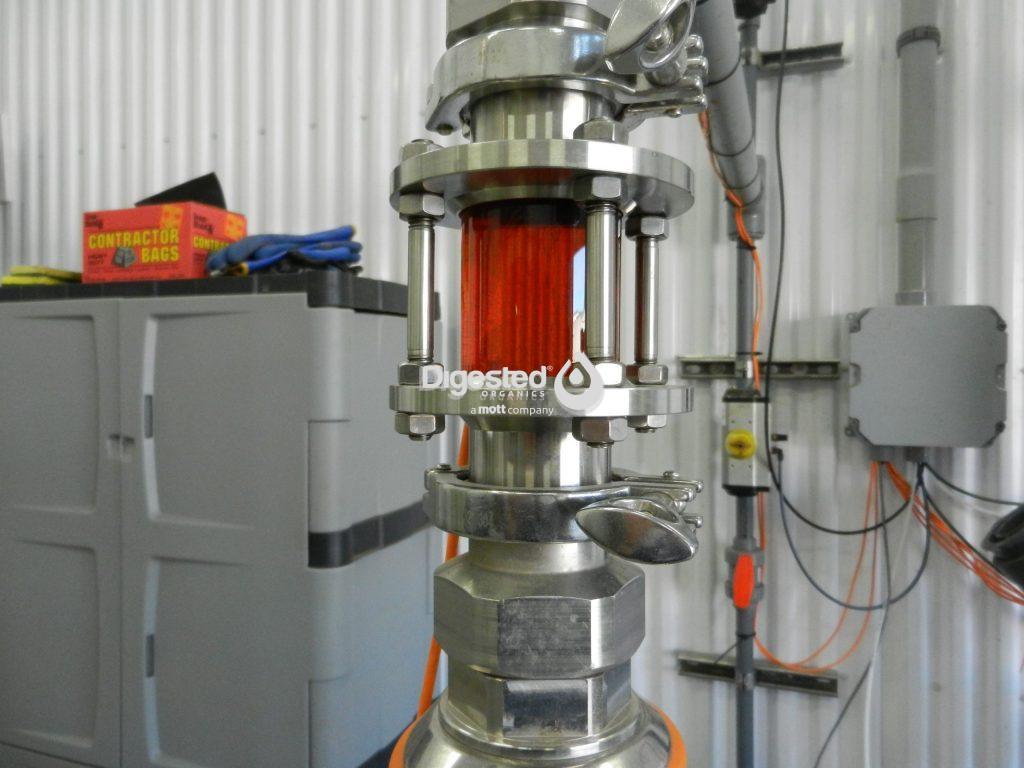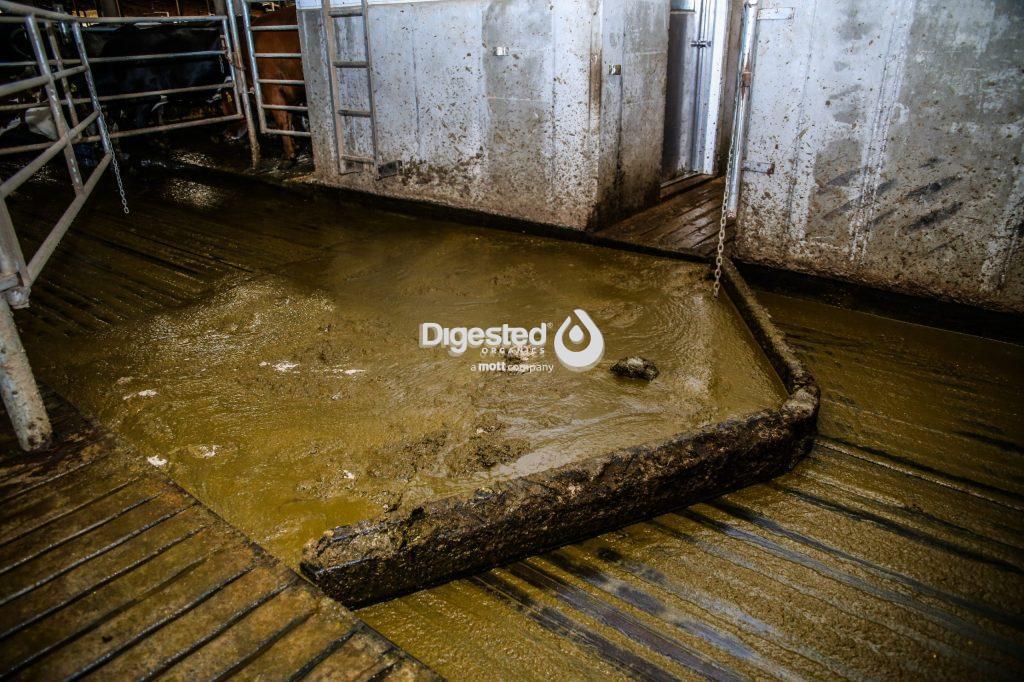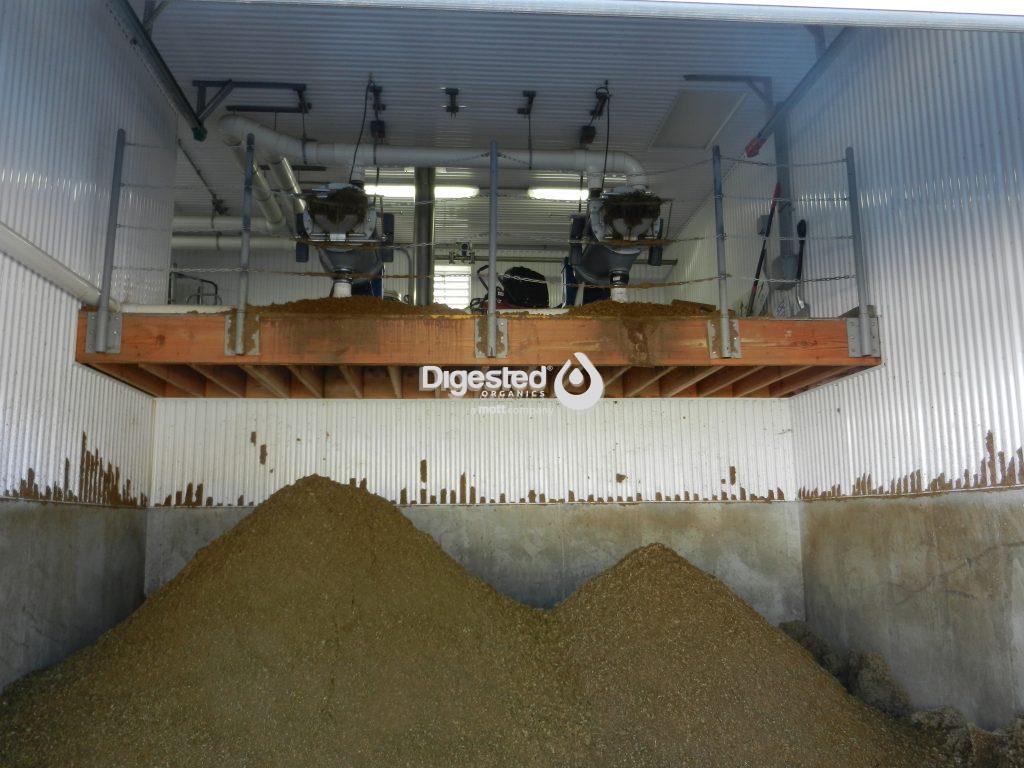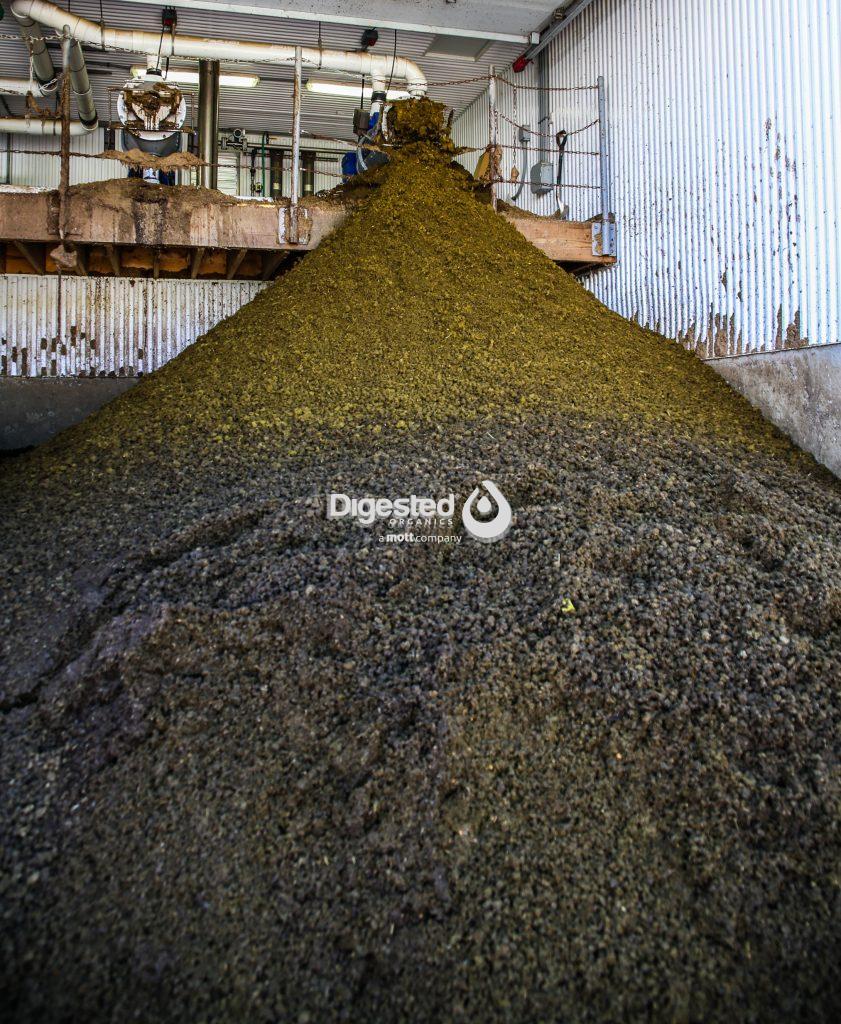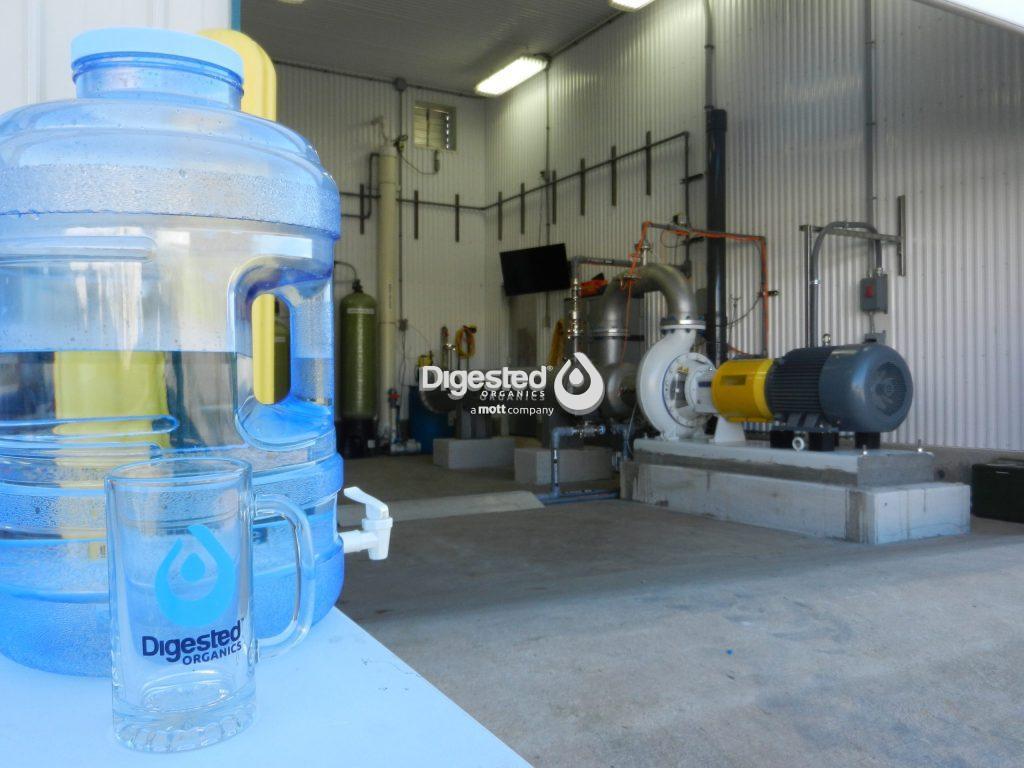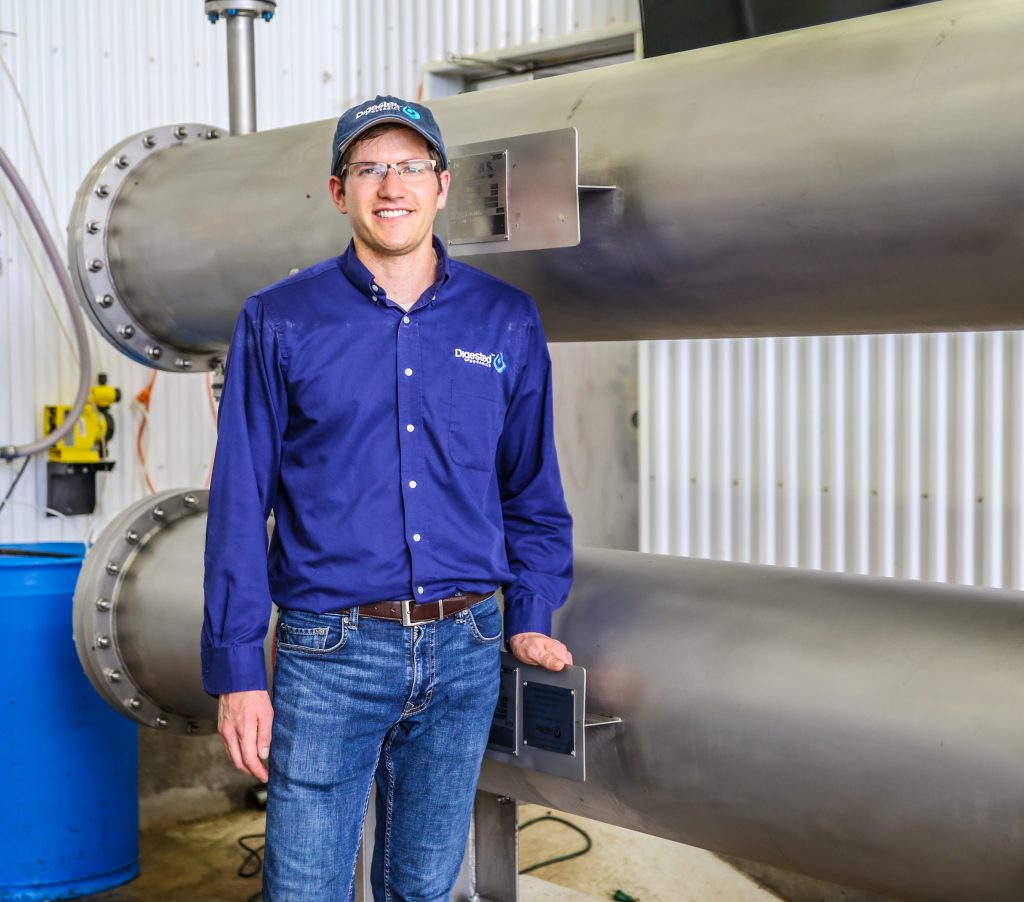Advanced Filtration Solutions for Clean Water
At Digested Organics, we offer state-of-the-art reverse osmosis (RO) water treatment solutions designed to meet the needs of diverse industries. Our advanced filtration systems utilize two types of reverse osmosis technology to provide high-quality water treatment with efficient energy use. Whether you need to treat high concentrations of dissolved materials or polish water for reuse applications, our RO systems deliver exceptional performance.
We utilize two different types of Reverse Osmosis for final treatment in our filtration systems.
Types of Reverse Osmosis
High pressure Reverse Osmosis
High Pressure Reverse Osmosis (HPRO) is ideal for applications requiring high permeate recovery and high separation of dissolved materials. This technology operates efficiently with low energy use, making it a cost-effective solution for industries dealing with significant dissolved solids. HPRO ensures that a large volume of clean water is recovered from the feed stream, maximizing water reuse and minimizing waste.
Low pressure Reverse Osmosis
Low Pressure Reverse Osmosis (LPRO) is used for treating lower concentrations of dissolved materials or for polishing water to achieve very high quality. This technology produces water suitable for almost any reuse application, including sensitive industrial processes and potable water systems. LPRO operates efficiently at lower pressures, reducing operational costs while delivering superior water quality.
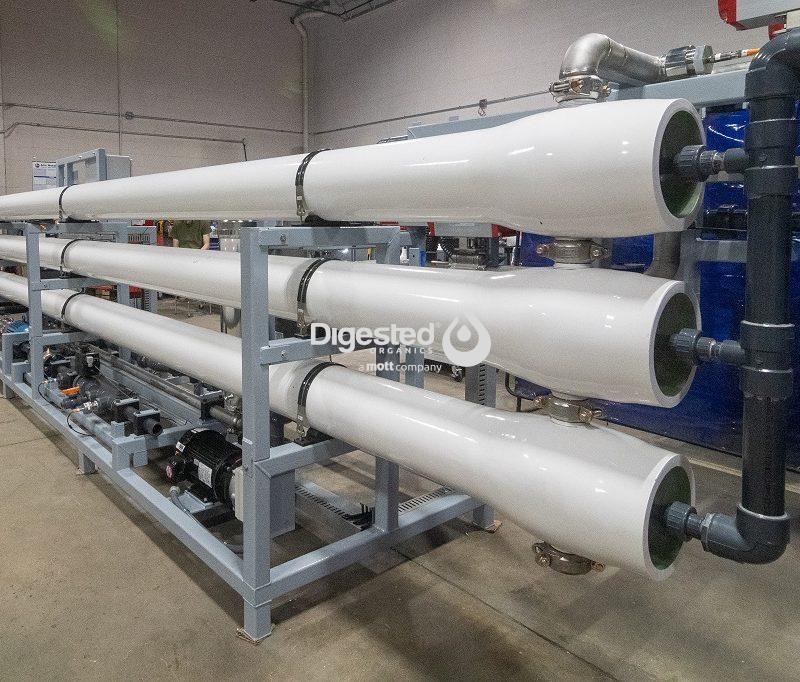
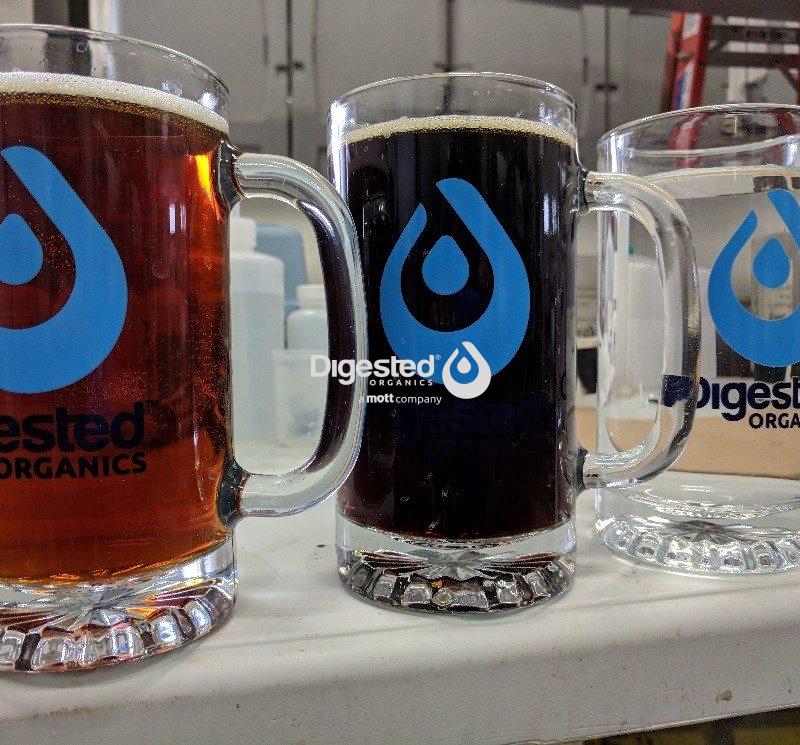
Benefits of Our Reverse Osmosis Systems
High Efficiency and Low Energy Use
Our reverse osmosis systems are designed for high efficiency, ensuring maximum water recovery with minimal energy consumption. This makes our systems environmentally friendly and cost-effective, helping businesses reduce their operational costs and carbon footprint.
Versatile Applications
Whether you need to treat industrial wastewater, produce potable water, or recycle process water, our reverse osmosis systems offer versatile solutions to meet your needs. The ability to handle both high and low concentrations of dissolved materials ensures that our systems can be tailored to a wide range of applications.
Superior Water Quality
Our RO systems deliver high-quality water that meets stringent industry standards. The advanced filtration technology ensures that even the smallest contaminants are removed, providing clean, safe water for various uses. This makes our systems ideal for applications where water quality is critical, such as food and beverage production, pharmaceuticals, and electronics manufacturing.
About Reverse Osmosis Water Treatment
Reverse osmosis (RO) is a water purification technology that uses a semi-permeable membrane to remove ions, molecules, and larger particles from water. It works by applying pressure to the water on one side of the membrane, forcing clean water to pass through while leaving contaminants behind. This process effectively reduces the concentration of dissolved salts, organics, bacteria, and other impurities, producing high-quality water suitable for a variety of applications.
RO is widely recognized for its efficiency and effectiveness in removing a broad range of contaminants. The technology is used in numerous industries, from municipal water treatment to industrial processes, ensuring the provision of clean, safe water. The process involves multiple stages, each designed to target specific types of contaminants, resulting in exceptionally pure water output.
Applications of Reverse Osmosis Water Treatment
Reverse osmosis water treatment has a wide range of applications across various industries:
- Municipal Water Treatment: RO is used to provide safe drinking water by removing contaminants such as bacteria, viruses, salts, and chemicals from municipal water supplies.
- Industrial Processes: Industries such as pharmaceuticals, electronics, and food and beverage manufacturing use RO to ensure high purity water is available for their processes, improving product quality and consistency.
- Desalination: RO is the leading technology for desalination, converting seawater into potable water in regions where freshwater is scarce.
- Agriculture: RO-treated water is used in agriculture to provide clean irrigation water, which helps in improving crop yields and quality.
- Wastewater Treatment: RO is employed in wastewater treatment to recycle and reuse water, reducing the environmental impact and conserving water resources.
FAQs: Reverse Osmosis Water Treatment
What is reverse osmosis water treatment?
Reverse osmosis (RO) water treatment is a process that removes contaminants from water by using pressure to force water molecules through a semi-permeable membrane. The membrane allows clean water to pass through while blocking dissolved salts, organics, bacteria, and other impurities.
How does reverse osmosis work?
Reverse osmosis works by applying pressure to the feed water on one side of a semi-permeable membrane. The pressure forces water molecules through the membrane, leaving contaminants behind. The clean water, called permeate, is collected on the other side of the membrane, while the concentrated contaminants, called brine or reject, are flushed away.
What are the benefits of reverse osmosis water treatment?
- High Efficiency: RO systems effectively remove a wide range of contaminants, producing high-quality water.
- Low Energy Use: Advanced RO systems are designed to be energy-efficient, reducing operational costs.
- Versatile Applications: RO can be used for drinking water, industrial processes, desalination, and wastewater treatment.
- Environmental Protection: By removing contaminants from water, RO helps protect the environment and public health.
What types of contaminants can reverse osmosis remove?
Reverse osmosis can remove a variety of contaminants, including:
- Dissolved salts and minerals
- Heavy metals (e.g., lead, mercury, arsenic)
- Organic compounds
- Bacteria and viruses
- Nitrates and sulfates
- Pharmaceuticals and chemicals
What is the difference between high pressure and low pressure reverse osmosis?
- High Pressure Reverse Osmosis (HPRO): Used for applications requiring high permeate recovery and high separation of dissolved materials. It operates efficiently with low energy use, ideal for treating high concentrations of dissolved solids.
- Low Pressure Reverse Osmosis (LPRO): Used for treating lower concentrations of dissolved materials or for polishing water to achieve very high quality. It operates at lower pressures, reducing operational costs while delivering superior water quality.
How often do reverse osmosis membranes need to be replaced?
The lifespan of reverse osmosis membranes varies based on usage and water quality but typically ranges from 2 to 5 years. Regular maintenance and monitoring can help extend the life of the membranes. It’s essential to follow the manufacturer’s recommendations for maintenance and replacement schedules.
Can reverse osmosis systems be used for desalination?
Yes, reverse osmosis is a leading technology for desalination, the process of removing salts and minerals from seawater to produce potable water. RO desalination is widely used in regions where freshwater is scarce.
How do reverse osmosis systems help in wastewater treatment?
In wastewater treatment, reverse osmosis systems can recycle and purify water, removing contaminants and producing clean water suitable for reuse. This process reduces the environmental impact of wastewater disposal and conserves water resources.
Are reverse osmosis systems environmentally friendly?
Yes, reverse osmosis systems are environmentally friendly. They help reduce water waste by maximizing water recovery and minimizing energy consumption. By removing harmful contaminants from water, RO systems protect natural water sources and promote sustainable water management.
How can I determine if a reverse osmosis system is right for my needs?
To determine if a reverse osmosis system is suitable for your needs, consider the following factors:
- The quality and type of water you need to treat
- The specific contaminants you need to remove
- The volume of water you require
- Your operational budget and energy considerations




